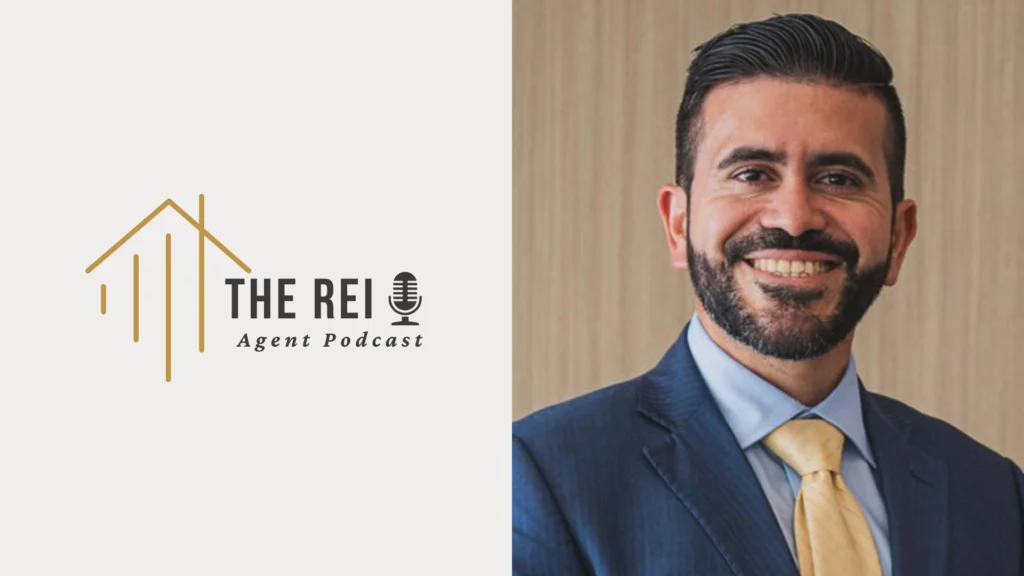Key Takeaways
- Trump’s executive order to lower housing costs lacks actionable steps and raises skepticism among economists and housing advocates.
- Tariffs on building materials and mass deportations are contributing to higher construction costs and labor shortages.
- Homelessness has surged to record highs, signaling broader systemic failures and policy contradictions in the current housing strategy.

With Trump’s housing solutions planned, could tariffs, deportations, and federal slashing actually fuel the very crisis Trump says he’s here to fix?
Here’s what every real estate investor needs to know right now:
- Trump’s executive order to lower housing costs lacks clear action steps.
- Tariffs and immigration crackdowns may be inflating build costs and reducing the construction workforce.
- Homelessness is surging, new builds are declining, and mortgage rates remain high.
The American Dream is up for grabs.
Let’s break it down.
The Executive Order That Sparked Hope and Doubt
On Day One of his second term, President Donald Trump signed a sweeping executive order designed to “deliver emergency price relief” to Americans suffering under the crushing weight of housing inflation.
The order directs agencies to cut red tape, promote tax incentives for homeowners, and expand the national housing supply—ideally by unlocking federal land for development.
It was a bold opening move, signaling that the White House was ready to tackle housing like a developer swinging a wrecking ball at bureaucracy.
But the fine print?
Thin.
“This order is light on details,” said Realtor.com senior economist Joel Berner. “Encouraging, yes—but it’s not a concrete blueprint investors can build on.”
Tariffs Backfire? Construction Costs Soar
While the administration pushes to cut costs, it’s simultaneously pushing up the price of materials with aggressive tariffs.
Steel, aluminum, and Canadian lumber are all caught in the crossfire.
According to the National Association of Home Builders, tariffs have added nearly $11,000 to the cost of a new single-family home.
Combined with surging interest rates and supply shortages, the latest March data shows a 14.2% collapse in single-family housing starts—the lowest since July 2024.
That spells disaster for fix-and-flippers and anyone betting on inventory recovery.
WARNING: Deflation & Housing Market CRASH, AI Bubble EXPLODES | Edward Dowd
In this episode of Soar Financially, Kai Hoffmann talks with Edward Dowd, founder of Phinance Technologies, about the U.S. economy and the risk of a global recession. They discuss how illegal immigration affects the housing market, the AI stock bubble, and why deflation could replace inflation as a concern. Dowd also shares his thoughts on Trump’s economic policies, the future of the dollar, and why sovereign bonds may be the safest option in a shaky market.
This video is used under the Creative Commons Attribution license (CC BY).
Deportation Surge = Construction Slowdown?
The crackdown on immigration isn’t just hitting border headlines—it’s shaking the scaffolding of America’s construction workforce.
Latino workers make up roughly 30% of construction labor, according to the U.S. Bureau of Labor Statistics.
RELATED CONTENT
Mass deportations could gut the very labor pool needed to build affordable homes, especially in hot markets like Phoenix, Atlanta, and Las Vegas.
Katherine Einstein, housing policy researcher at Boston University, didn’t hold back: “These policies leave me profoundly pessimistic about fair housing enforcement and funding for new construction.”
Homelessness Explosion: The Brutal Undercurrent
HUD data reveals over 770,000 people experienced homelessness in 2024, up 18% from 2023—a brutal record.
It’s not just a moral crisis. For investors, it signals demand displacement, policy volatility, and future tax or zoning overhauls to curb the chaos.
Builders aren’t building fast enough. Rents are still rising. Buyers are squeezed. And promises from the Trump administration are, for now, just paper.
Assessment
Trump’s housing push may sound like investor gold on the surface, but under the hood, it’s a tangle of contradictions: a promise to cut housing costs shadowed by policies that could actually inflate them.
For real estate investors, this is not a moment to relax—it’s a call to get sharp, watch the macro signals, and prepare for a year where politics and profit will be tightly intertwined.
Whether this “Golden Age” delivers wealth or wreckage will depend on what’s built next—and who’s left to build it.





















